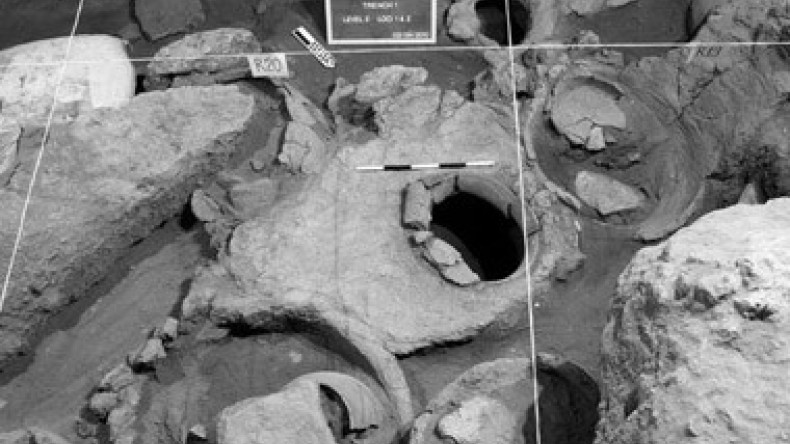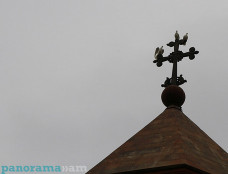
National Geographic: Earliest winery found in Armenian Cave
“As if making the oldest known leather shoe wasn't enough, a prehistoric people in what's now Armenia also built the world's oldest known winery,” a new study by National Geographic says.
National Geographic story titled “Earliest Known Winery Found in Armenian Cave” says that undertaken at a burial site, Armenian winemaking may have been dedicated to the dead—and it likely required the removal of any fancy footwear.
Near the village of Areni, in the same cave where a stunningly preserved, 5,500-year-old leather moccasin was recently found, archaeologists have unearthed a wine press for stomping grapes, fermentation and storage vessels, drinking cups, and withered grape vines, skins, and seeds, the study says.
"This is the earliest, most reliable evidence of wine production," said archaeologist Gregory Areshian of the University of California, Los Angeles (UCLA).
"For the first time, we have a complete archaeological picture of wine production dating back 6,100 years," he said.
The prehistoric winemaking equipment was first detected in 2007, when excavations co-directed by Areshian and Armenian archaeologist Boris Gasparyan began at the Areni-1 cave complex.
In September 2010 archaeologists completed excavations of a large, 2-foot-deep (60-centimeter-deep) vat buried next to a shallow, 3.5-foot-long (1-meter-long) basin made of hard-packed clay with elevated edges.
The installation suggests the Copper Age vintners pressed their wine the old-fashioned way, using their feet, Areshian said.
Juice from the trampled grapes drained into the vat, where it was left to ferment, he explained.
Newsfeed
Videos






























